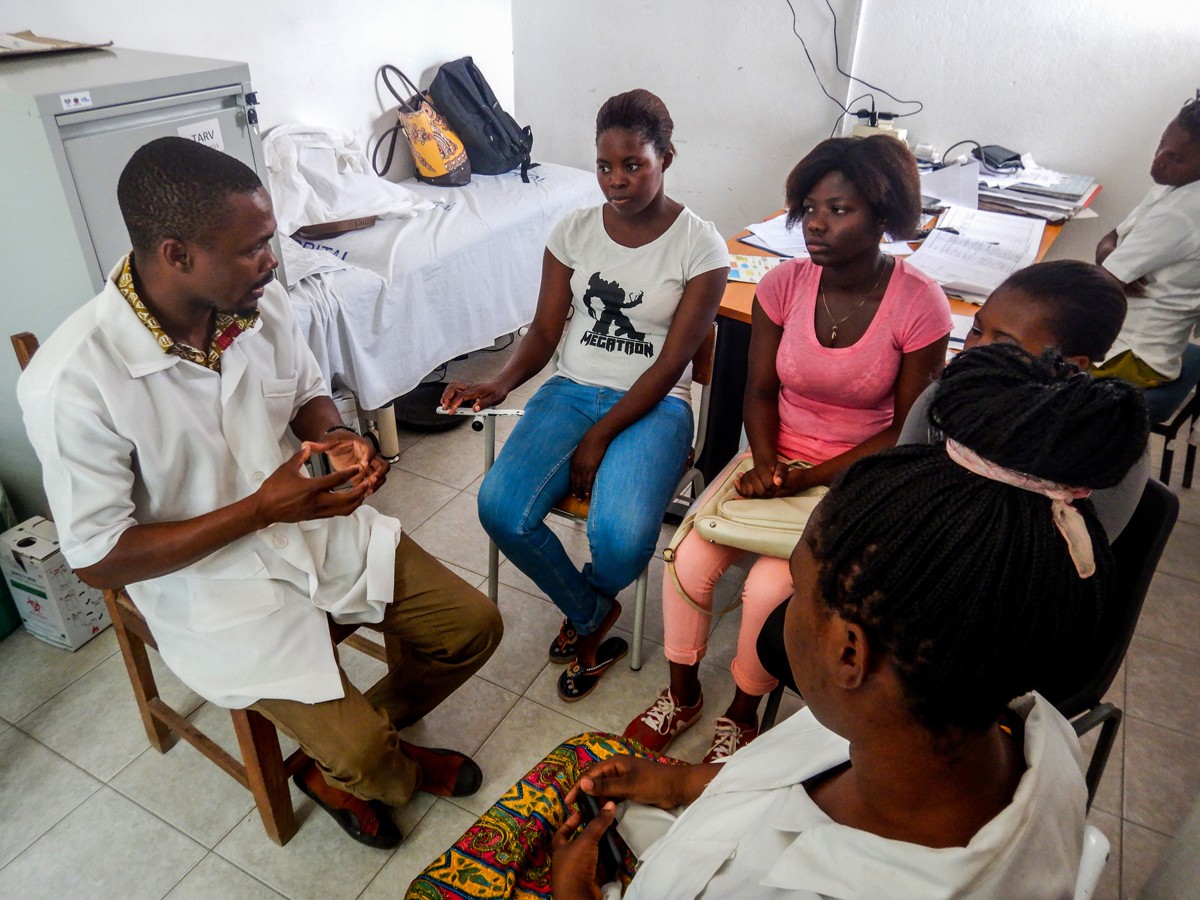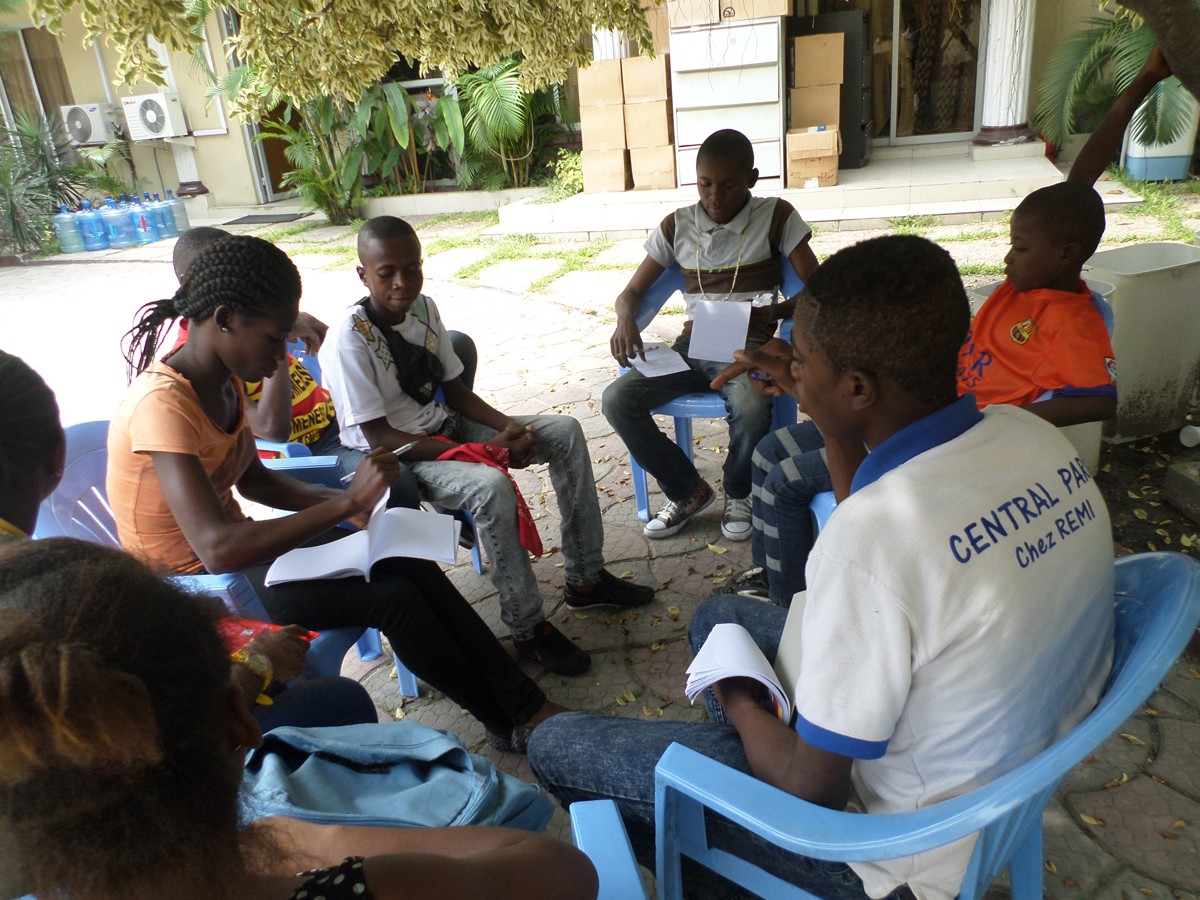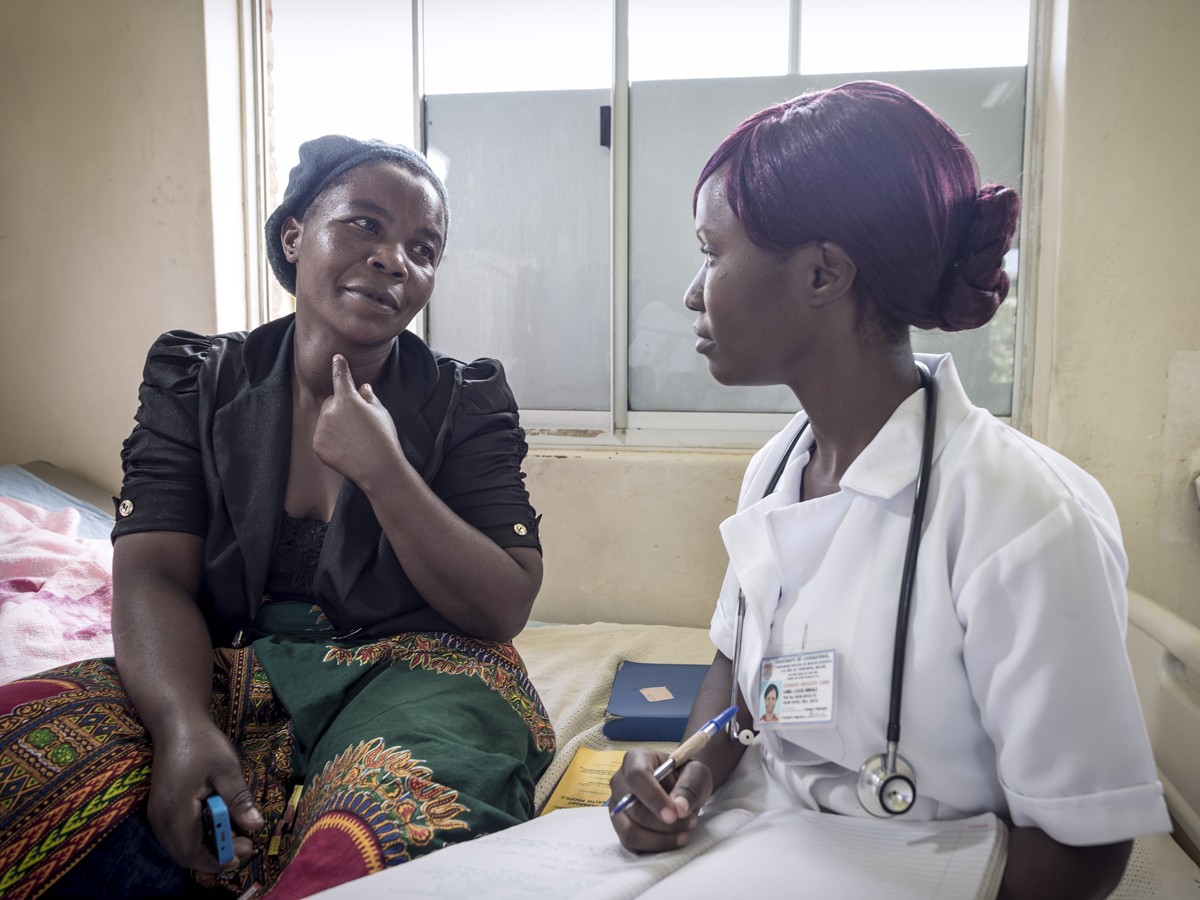Authors:
Abstract:
Background: Intimate partner violence (IPV) is associated with suboptimal HIV treatment outcomes, but its distribution and risk factors among certain subpopulations of people living with HIV in resource-limited settings are not well known. We examined the prevalence, incidence, and recurrence of IPV and its association with adverse childhood experiences (ACEs) among pregnant/breastfeeding women living with HIV in Malawi.
Methods: This study used longitudinal data for 455 pregnant women living with HIV continuously enrolled in the VITAL Start trial. IPV was assessed at baseline and months 1, 6, and 12 using the widely validated WHO IPV survey. Forms of IPV assessed were physical IPV, emotional IPV, and sexual IPV measured as prevalence, incidence, and recurrence. ACE histories were assessed using WHO’s ACE International Questionnaire (ACE-IQ) tool. Logistic and log-binomial regressions were used in multivariable analyses that controlled for factors such as depression and alcohol use.
Results: Participants’ mean age was 27.6 ± 5.7 years. Forty-three percent (43%) reported IPV prevalence, 13% reported IPV incidence, and another 13% reported IPV recurrence, with emotional IPV being the most commonly reported IPV type. Over 96% reported experiencing ⩾1 ACE. In regression analysis, cumulative ACE scores were significantly associated with IPV prevalence and IPV recurrence and in both cases, the magnitude of association was greatest for sexual IPV compared with physical IPV and emotional IPV. ACE scores were not significantly associated with IPV incidence.
Conclusions: IPV is highly prevalent among pregnant women living with HIV and continues to occur throughout the pregnancy and postpartum period; its graded relationship with ACEs is a concern in resource-limited settings where HIV/AIDS remains a public health concern. Strategies aimed to address the needs of pregnant/breastfeeding women living with HIV may benefit from the regular screening of this population for IPV and ACE, including in antenatal care clinics.








